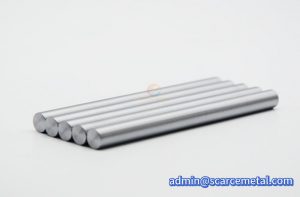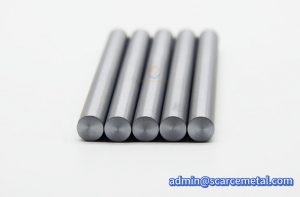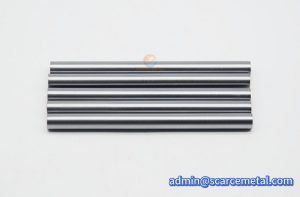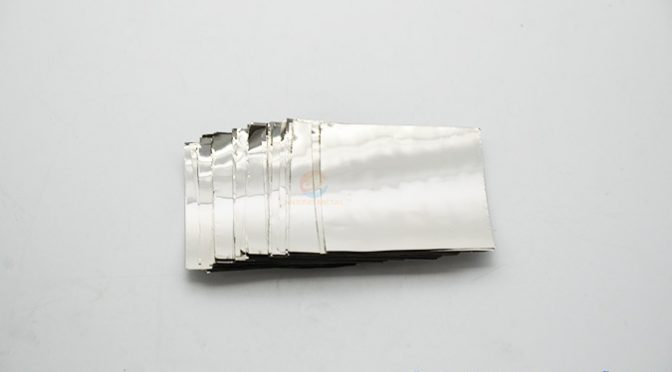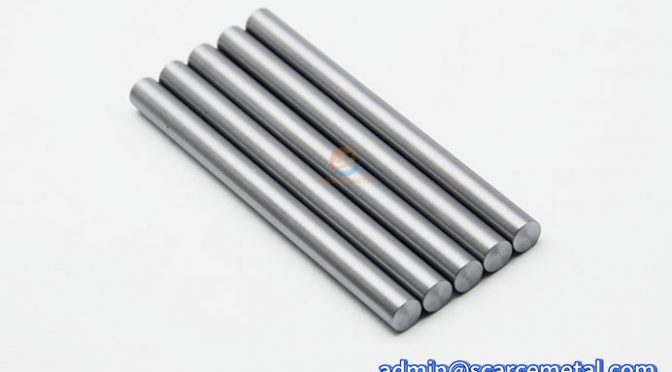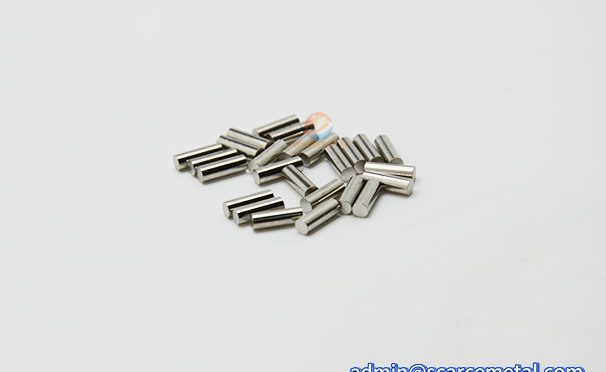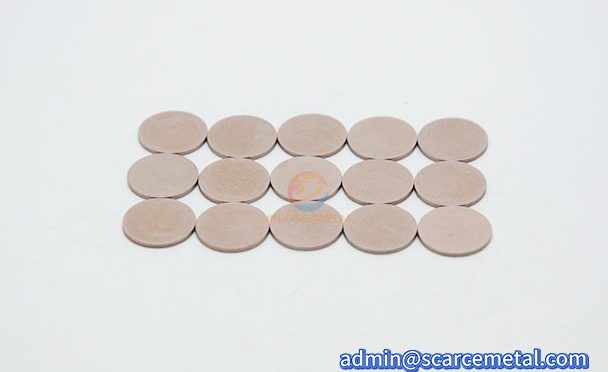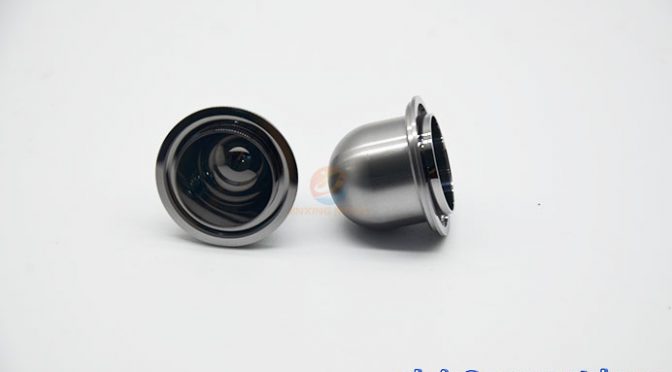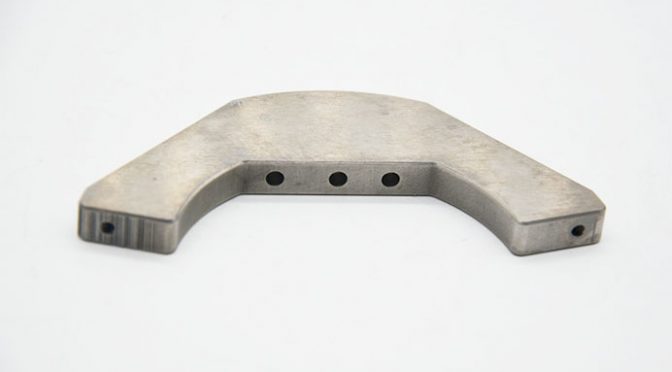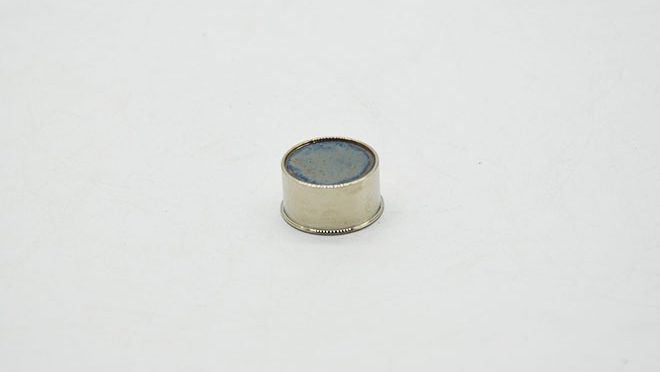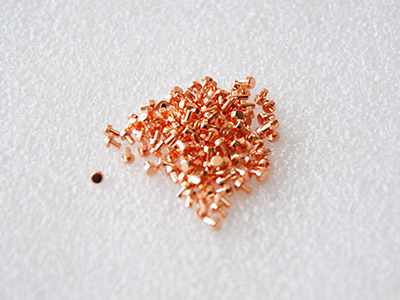Vanadium Bars Rods
Overview
Vanadium Bars and Rods are vanadium-containing rods, primarily made from high-purity vanadium (typically 99.5%-99.9%). They exhibit high strength, heat resistance, and excellent corrosion resistance. They are widely used in the steel industry as an alloying additive, in the aerospace industry to manufacture high-temperature alloy components, as battery cathode materials, and as sputtering targets. Please feel free to contact us by email for a more accurate quote.
Vanadium Advantages
- Vanadium is a high-strength metal. Even when manufactured into bars, it retains excellent room-temperature strength and hardness, resisting plastic deformation and withstanding high loads.
- With a melting point as high as 1890°C, it maintains high strength even at high temperatures. It does not soften rapidly with increasing temperatures, making it suitable for use in structural components subjected to high-temperature operating conditions.
- At room temperature, vanadium exhibits excellent corrosion resistance to air, water, and most non-oxidizing acids. It readily forms a passive film on its surface, slowing the corrosion rate.
- Compared to some high-strength alloys, vanadium has a lower density, enabling lightweighting while maintaining strength.
- Bars are easily processed through cutting, forging, and other subsequent processes, meeting the demands of manufacturing complex components.
Vanadium Bars Dimension
| Material | V |
| Diameter | 0.5-110mm |
| Length | 25mm-1000mm |
| Purity | 99.8% |
| Density | 6.11 g/cm³ |
| Coefficient of thermal expansion | 8.300 × 10⁻⁶ K⁻¹ (0-100°C) |
| Tensile Strength | 530-730 MPa |
| Delivery Time | 15-25days |
| Certification | ISO 9001 |
Vanadium Bars Rods Application
1. Aerospace and Defense Industry
- Vanadium rod is used to manufacture high-temperature structural components for aircraft engines, such as turbine blade blanks and combustion chamber support components. It is also used as a lightweight structural component for spacecraft, such as satellite mounts and rocket propulsion system components. Its combination of low density and high strength can reduce the overall weight of spacecraft and improve launch efficiency.
2. Metallurgy and Machinery Manufacturing
- Vanadium bar is used to manufacture core rods for hot forging dies and extrusion dies. Its high hardness and wear resistance extend the service life of dies and reduce the cost of frequent replacement.
- Approximately 90% of vanadium is used in the steel industry. As an alloying additive, vanadium rod refines the structure and grain size of steel and increases the grain coarsening temperature, thereby increasing the strength, toughness, and wear resistance of the steel.
- It is also used to produce specialty fasteners, such as high-strength bolts and nuts for large construction machinery (cranes and excavators).
3. Energy Sector
- Core auxiliary components of nuclear reactors, such as control rod guide tubes and fuel cladding supports. Vanadium's radiation resistance and high-temperature corrosion resistance make it suitable for the complex environment within nuclear reactors.
- High-temperature and high-pressure pipelines and catalyst carrier frames in the petrochemical industry.
4. Chemical Equipment
- Manufacturing reactor agitator shafts and conveying pipelines for use in strong acid and alkaline environments, preventing equipment failure due to corrosion and leakage.
Process
① Purification: Vanadium oxide is converted into metallic vanadium powder using a vacuum carbon reduction process, eliminating the presence of impurities (such as oxygen and nitrogen) and ensuring a purity of at least 99.5%.
② Pressing: Pure vanadium powder is placed in a mold and pressed through a cold isostatic pressing process to form a green billet with uniform density, preparing it for subsequent smelting or forging.
③ Powder Metallurgy: The green billet is placed in a vacuum sintering furnace, where the vanadium powder particles fuse under high temperature to form a high-density solid billet.
④ Rolling: The sintered billet is heated to 1100-1300°C and continuously rolled through multiple sets of rollers, gradually reducing its diameter and extending its length to produce a billet that meets dimensional requirements.
⑤ Annealing: This eliminates internal stresses generated by rolling/forging, reduces hardness, and improves plasticity, facilitating subsequent processing.
⑥ Surface Treatment: Pickling, passivation, or lathe polishing are performed to reduce surface roughness and improve corrosion resistance.
⑦Quality inspection: non-destructive testing, mechanical properties testing, and dimensional accuracy to ensure compliance with international standards.
Vanadium Bars Rods Pictures
